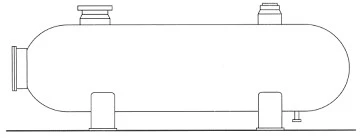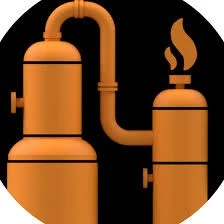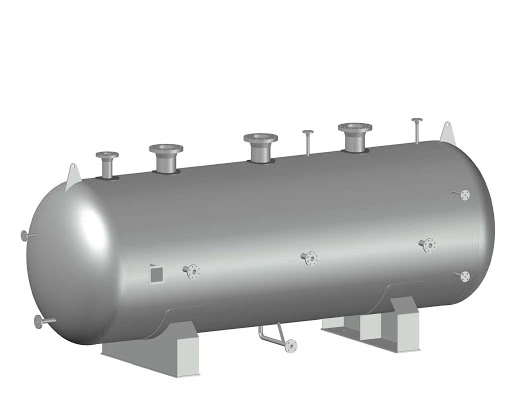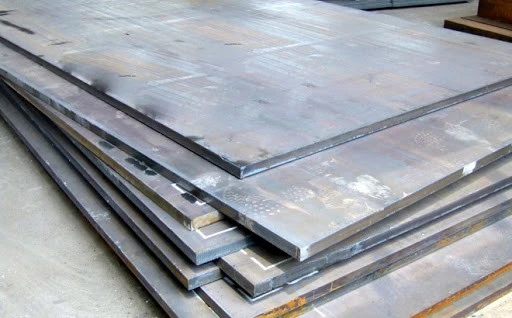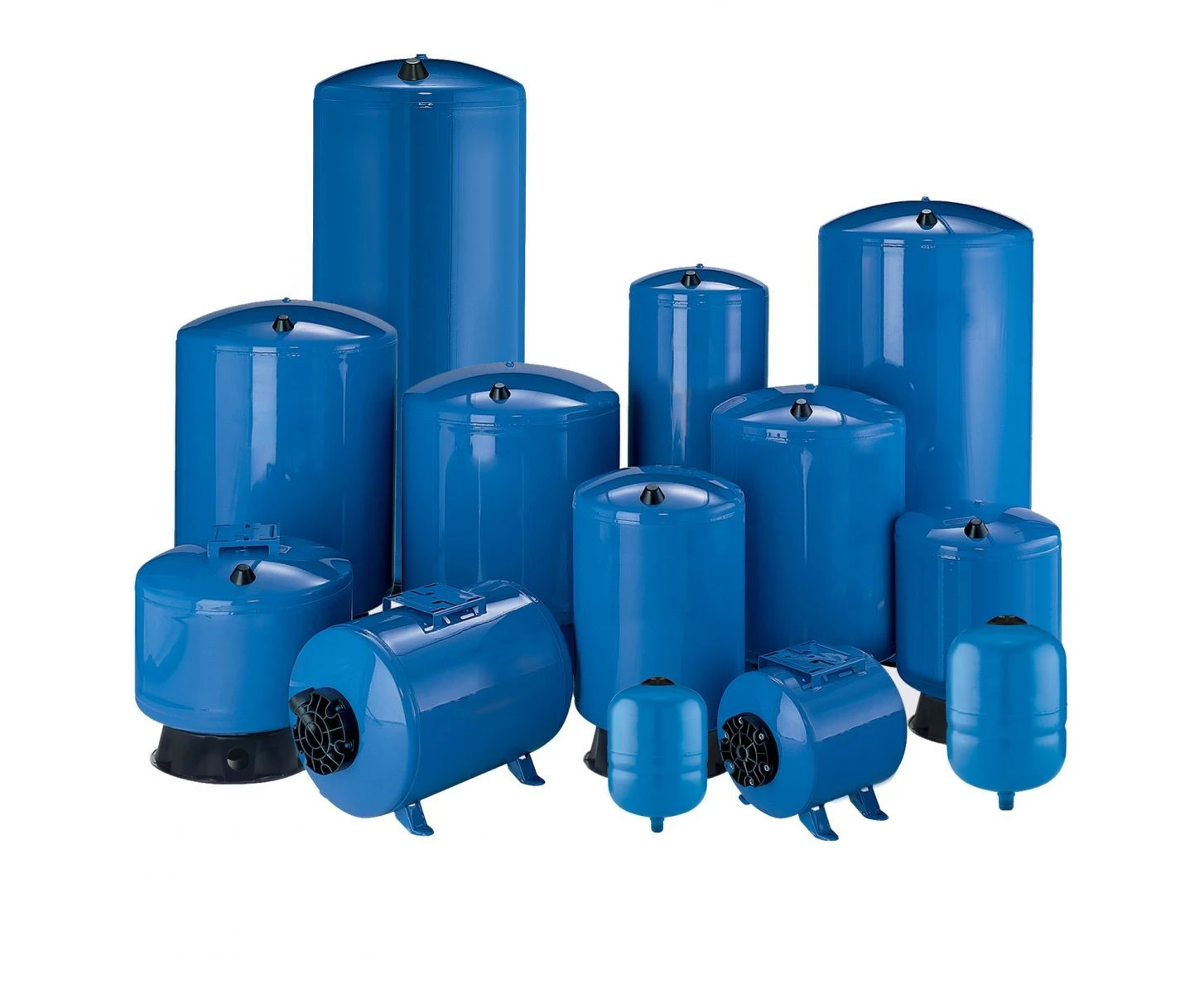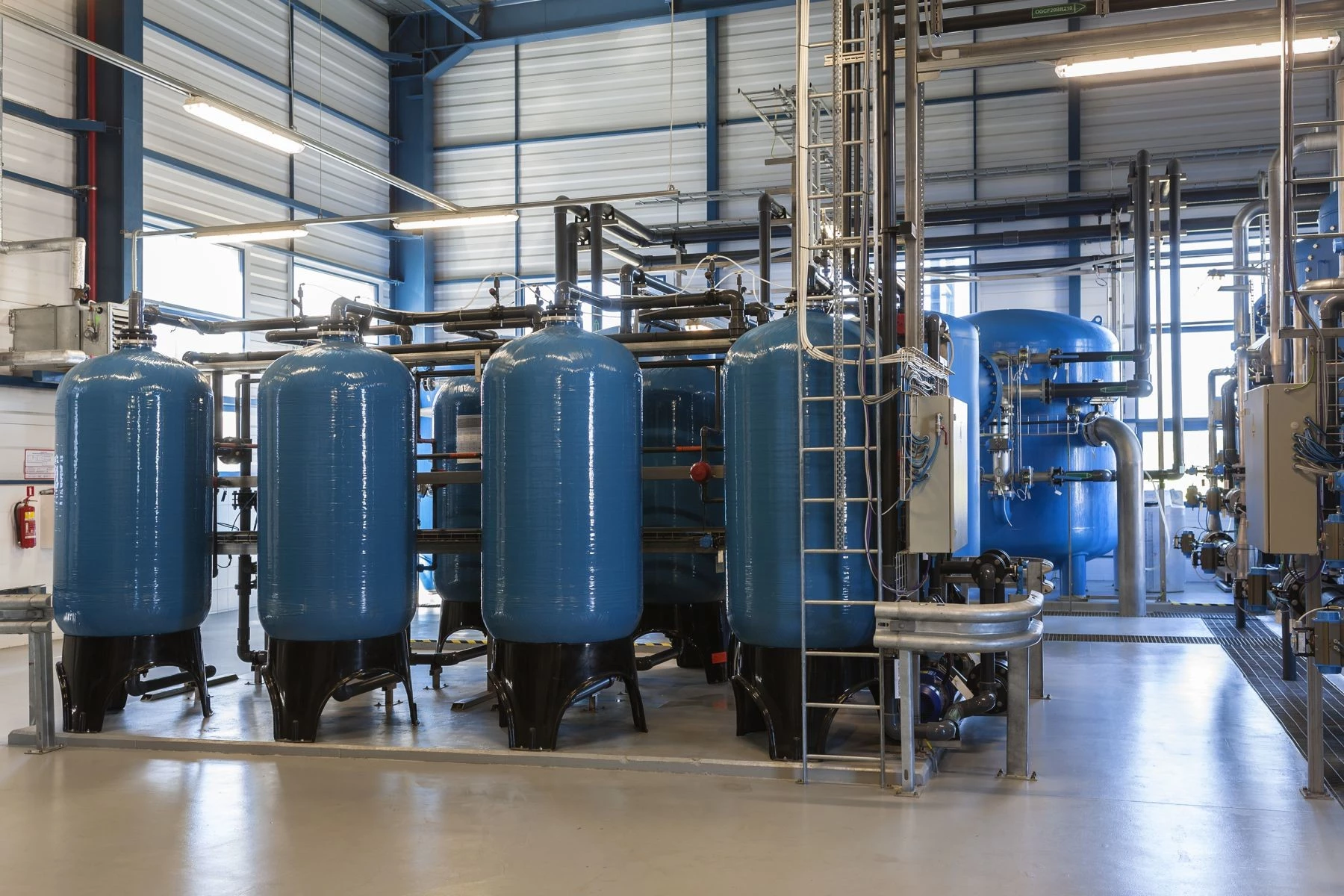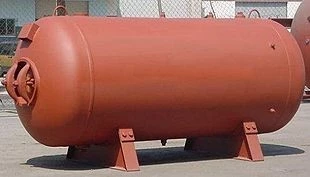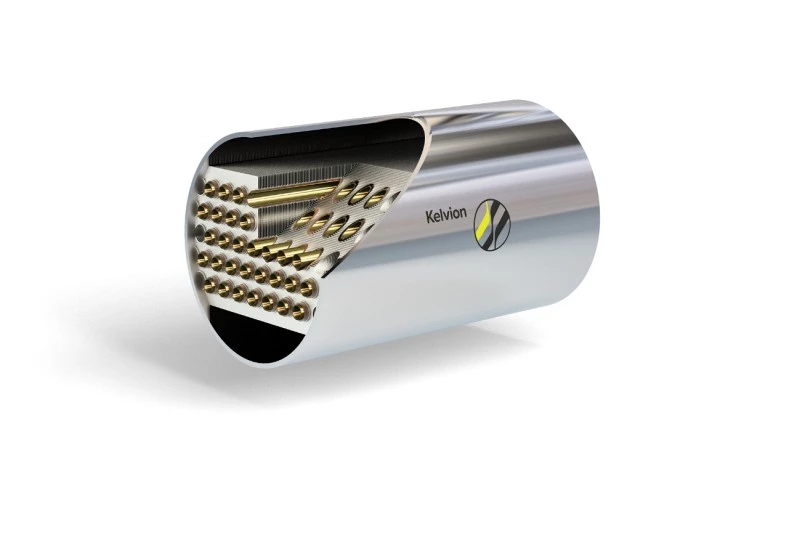How to Determine Temperature in Pressure Vessel Process Parameters?
1. Operational Temperature: It is the temperature of the working medium as measured by a temperature instrument during the pressure vessel's operation. 2. Design Temperature: Unlike the temperature the internal medium may reach, the design temperature of a pressure vessel refers to the metal temperature of the pressure component under the designated design pressure during normal operation. This value should not be lower than the maximum metal temperature the component may reach. For pressure...

